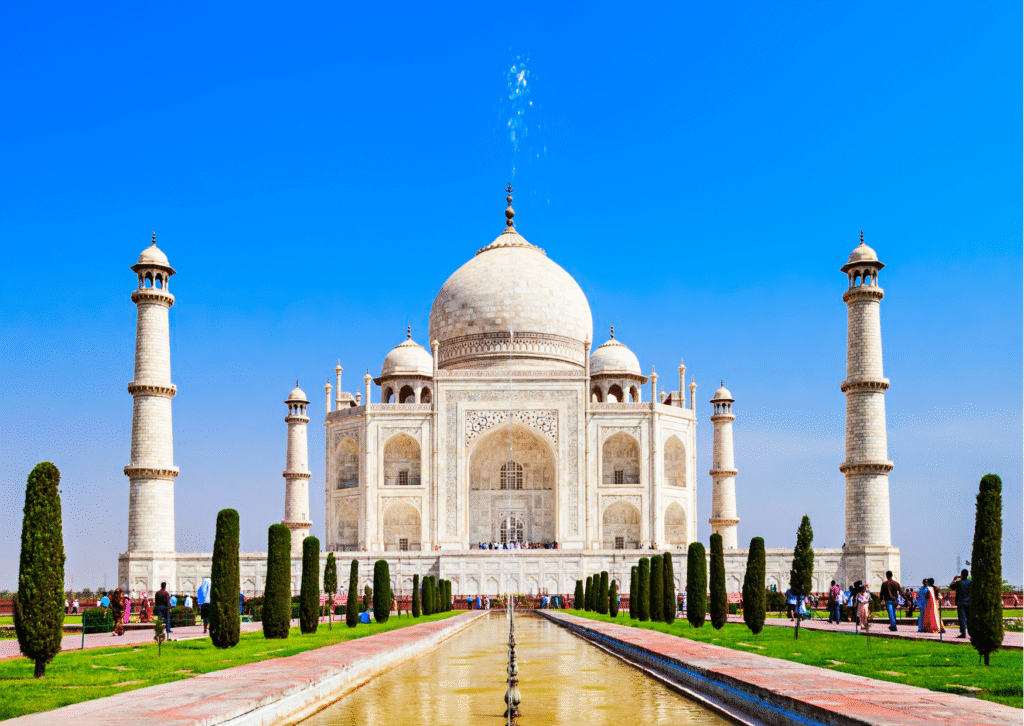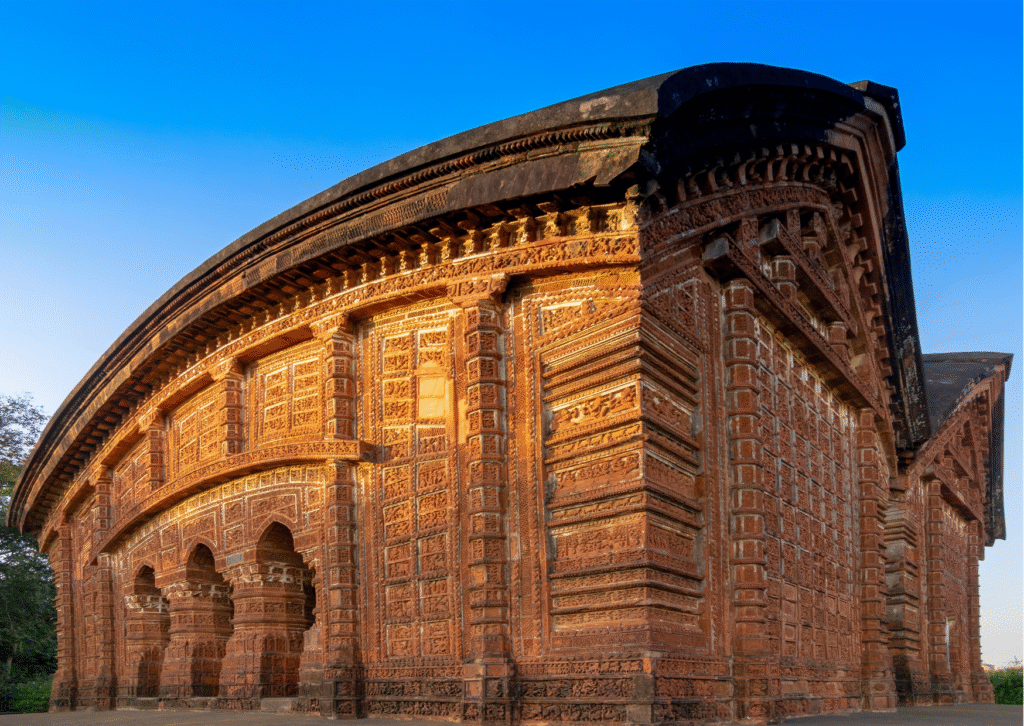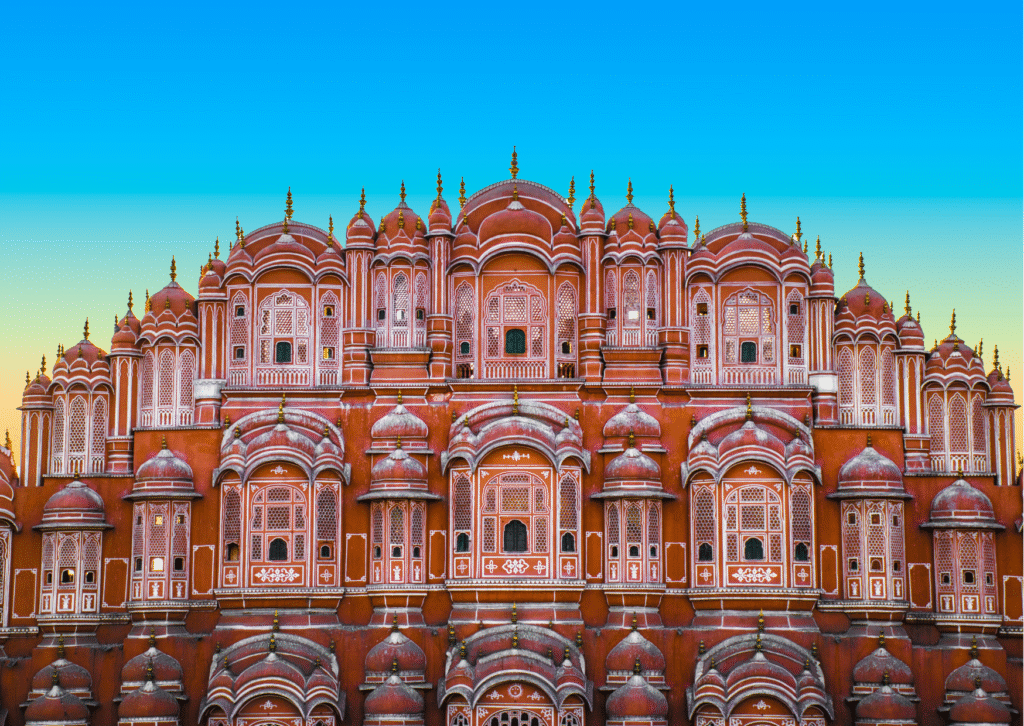
India. The name itself evokes a kaleidoscope of images: vibrant colours, intricate temples, bustling markets, aromatic spices, and a history stretching back millennia. It’s a land of staggering contrasts, where ancient traditions coexist with modernity, and serene spirituality meets the chaotic energy of life. For the discerning traveller, India offers not just a destination, but an immersive journey through time, culture, and breathtaking natural beauty.
Among the most potent symbols of India’s rich heritage are its UNESCO World Heritage Sites – places deemed of outstanding universal value to humanity. India is blessed with a remarkable number of these sites, currently standing at 42 (as of early 2025), encompassing 34 cultural, 7 natural, and 1 mixed site. These aren’t just points on a map; they are portals into India’s soul, showcasing its architectural genius, historical depth, and incredible biodiversity. From the ancient rock-cut caves of Ajanta and Ellora, pulsating with Buddhist, Hindu, and Jain artistry, to the snow-capped peaks surrounding the Nanda Devi and Valley of Flowers National Parks, these sites represent the pinnacle of human creativity and natural splendour.
But today, we embark on a specific trail, one that weaves together three iconic threads of the Indian experience: the unparalleled romance of the Taj Mahal, the aristocratic legacy etched into the forts and palaces of Rajasthan, and the untamed majesty of the Royal Bengal Tiger dwelling in its wild heartlands.
The Taj Mahal: An Ethereal Ode in Ivory-White Marble

No exploration of India’s heritage is complete without paying homage to the Taj Mahal. Located in Agra, Uttar Pradesh, this monument isn’t just a building; it’s a poem carved in stone, a globally recognized symbol of enduring love and architectural perfection. Commissioned in 1632 by the Mughal emperor Shah Jahan, it stands as a mausoleum for his beloved wife, Mumtaz Mahal, who tragically died during childbirth.
Its UNESCO World Heritage status, granted in 1983, recognizes it as “the jewel of Muslim art in India and one of the universally admired masterpieces of the world’s heritage.” 1 This description barely scratches the surface of its magnificence. As you pass through the imposing main gateway (Darwaza-i Rauza), the Taj reveals itself – seemingly floating, ethereal, perfectly symmetrical, reflected in the long water channels of the Charbagh garden.
The architectural genius lies in its harmonious blend of Persian, Ottoman Turkish, Indian, and early Mughal styles. The massive central dome, the four slender minarets tilting slightly outwards (a clever design to protect the main tomb in case of an earthquake), the intricate inlay work known as pietra dura featuring semi-precious stones like lapis lazuli, jade, crystal, turquoise, and amethyst meticulously embedded into the white marble – every detail speaks of unparalleled craftsmanship and aesthetic vision.
Visiting the Taj is an emotional experience. At sunrise, the marble blushes with soft pink and golden hues, offering a tranquil, almost spiritual viewing. As the day progresses, it shines brilliantly white against the blue sky. At sunset, it catches the fiery colours of the departing sun, and under the moonlight (special night viewings are sometimes possible), it possesses a ghostly, luminous beauty. Inside the mausoleum, the cenotaphs of Shah Jahan and Mumtaz Mahal lie side-by-side (the actual graves are in a lower chamber), surrounded by exquisitely carved marble screens (jaalis). The acoustics under the dome are remarkable, designed to carry the faintest whisper or prayer.
The Taj Mahal isn’t just a monument to see; it’s a monument to feel. It speaks of love, loss, power, artistry, and the human desire to create something timeless. It is, without exaggeration, one of the most beautiful structures ever built by human hands.



